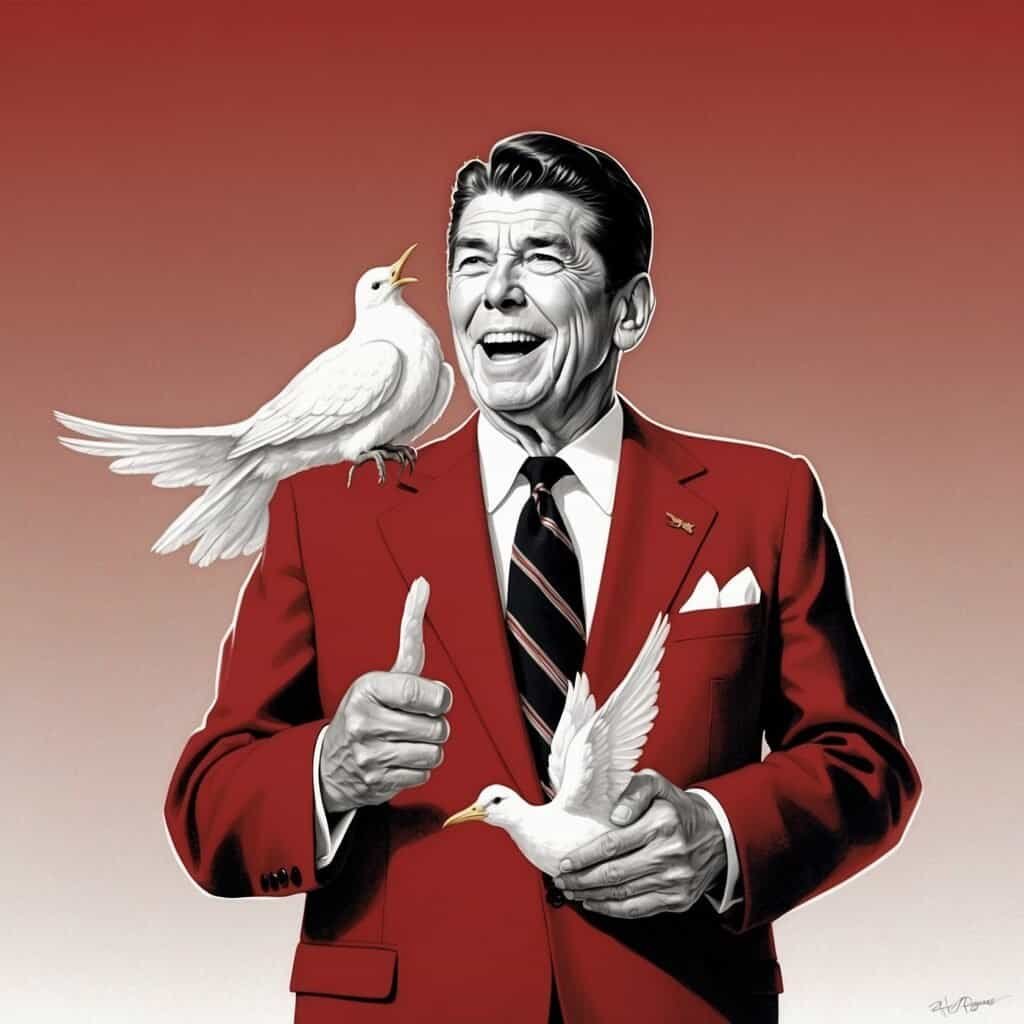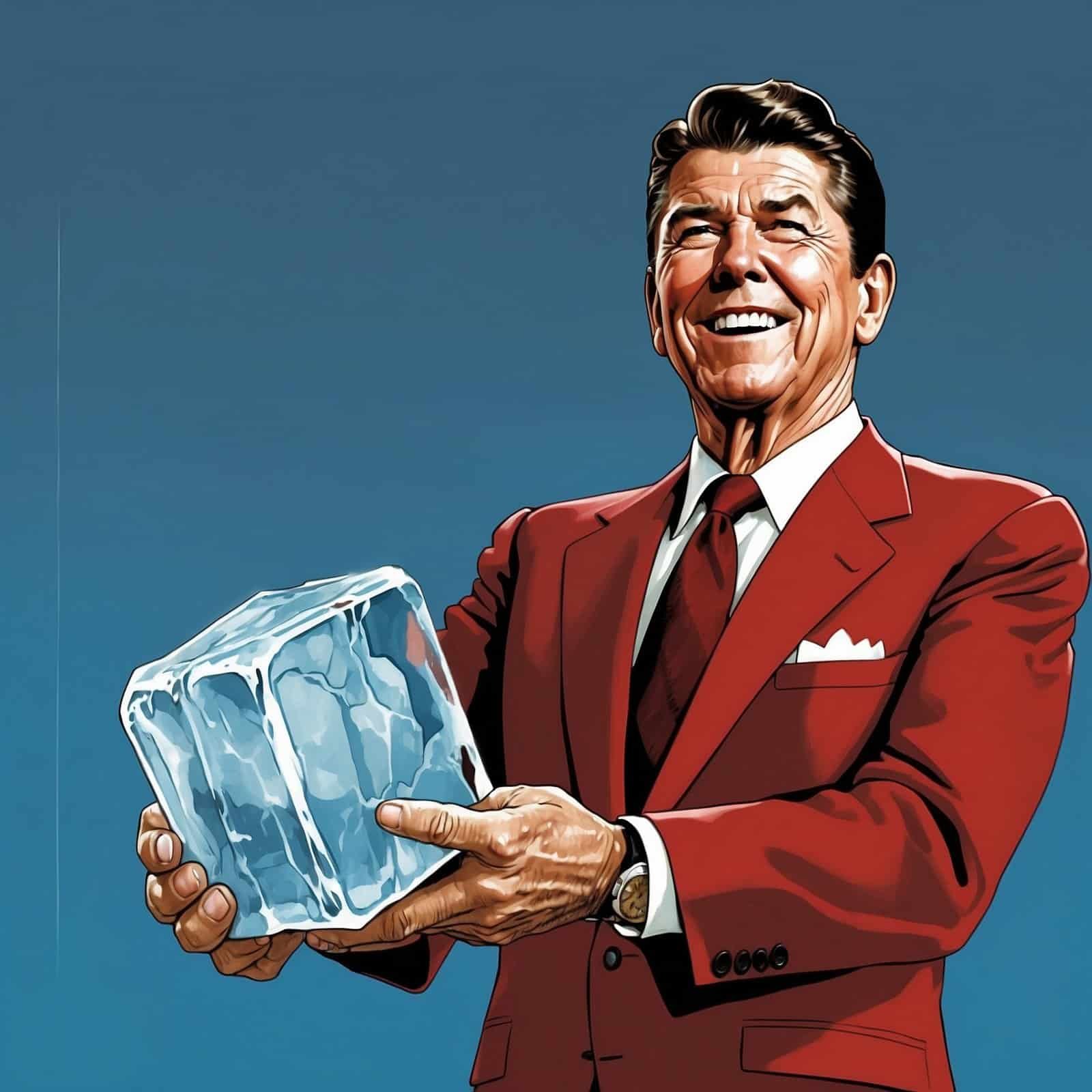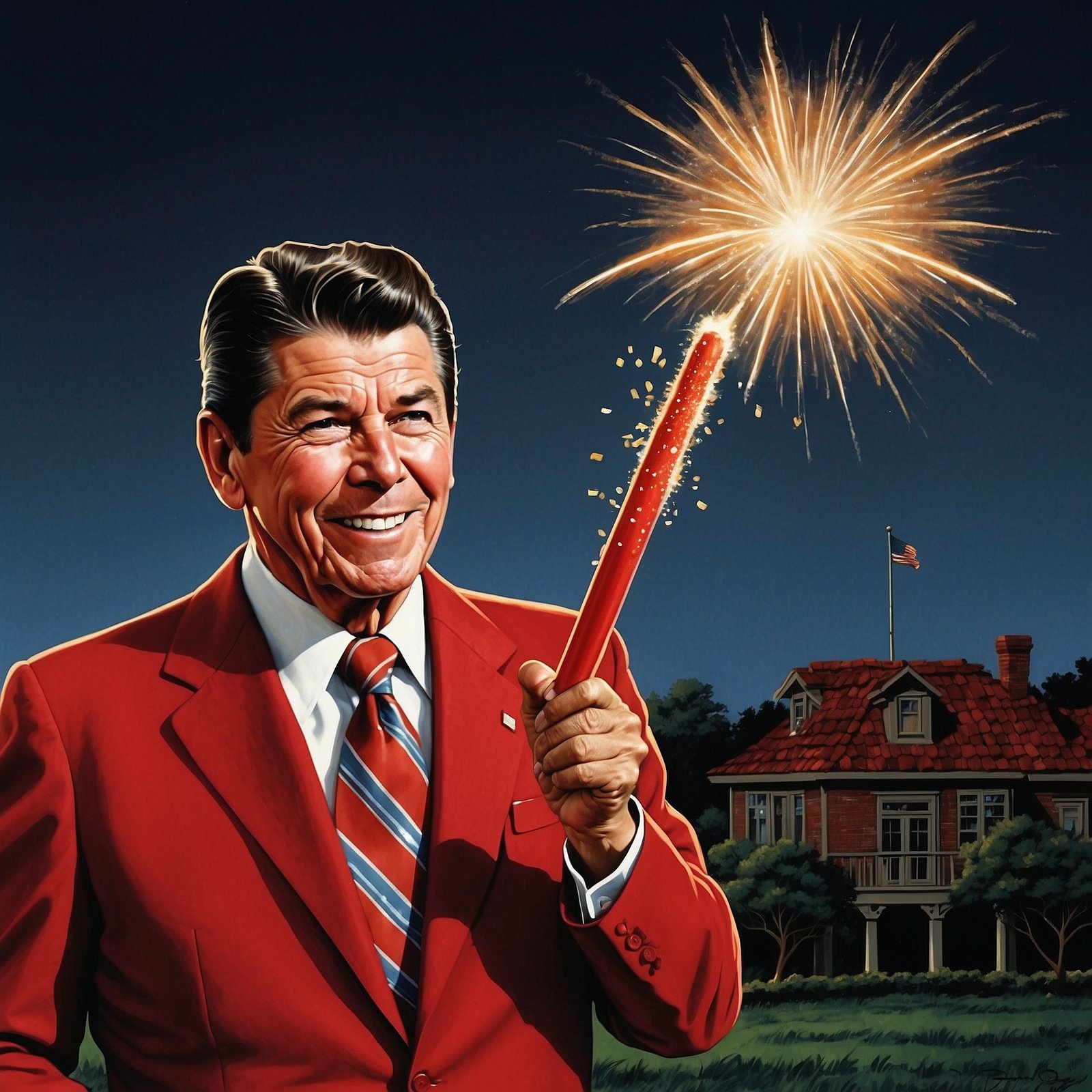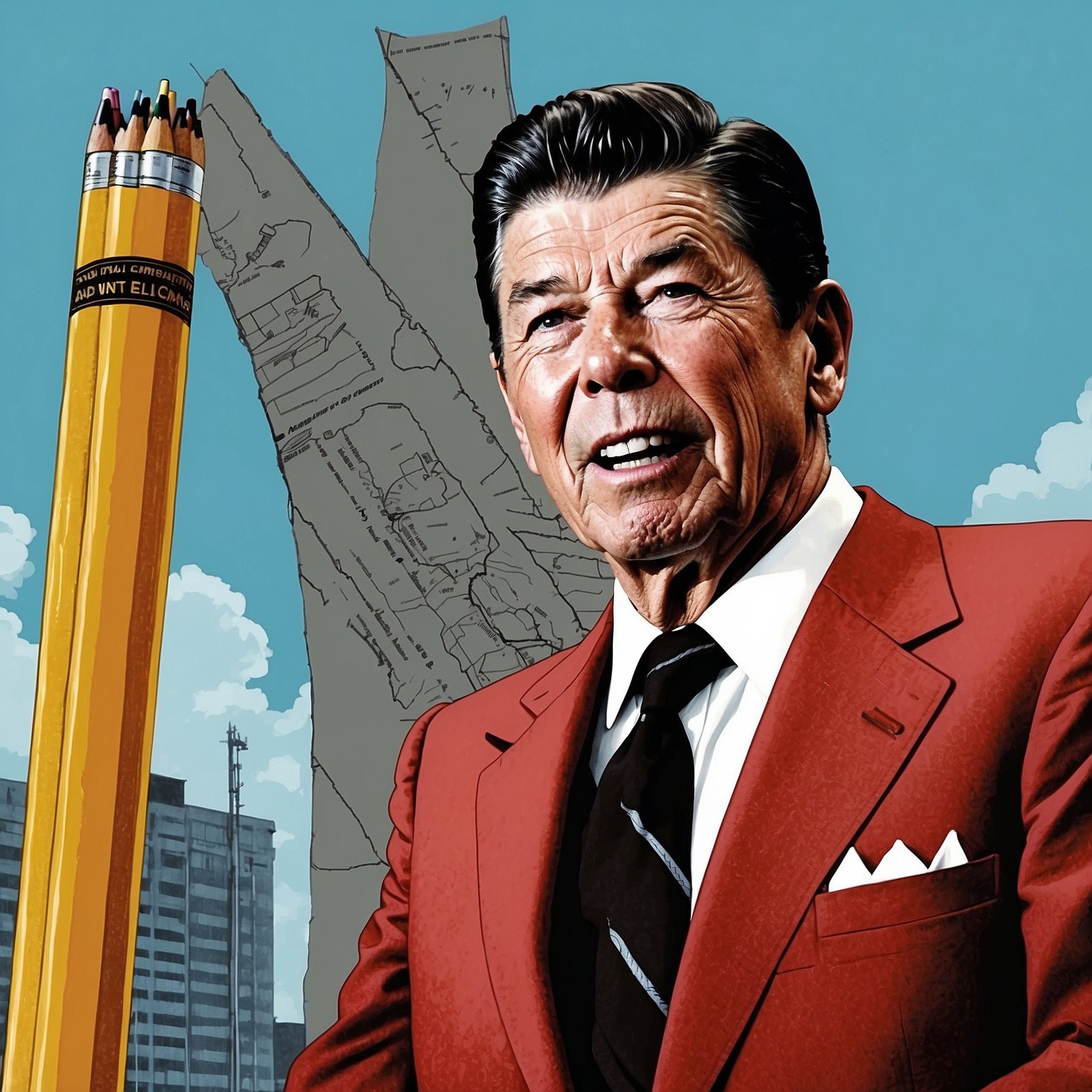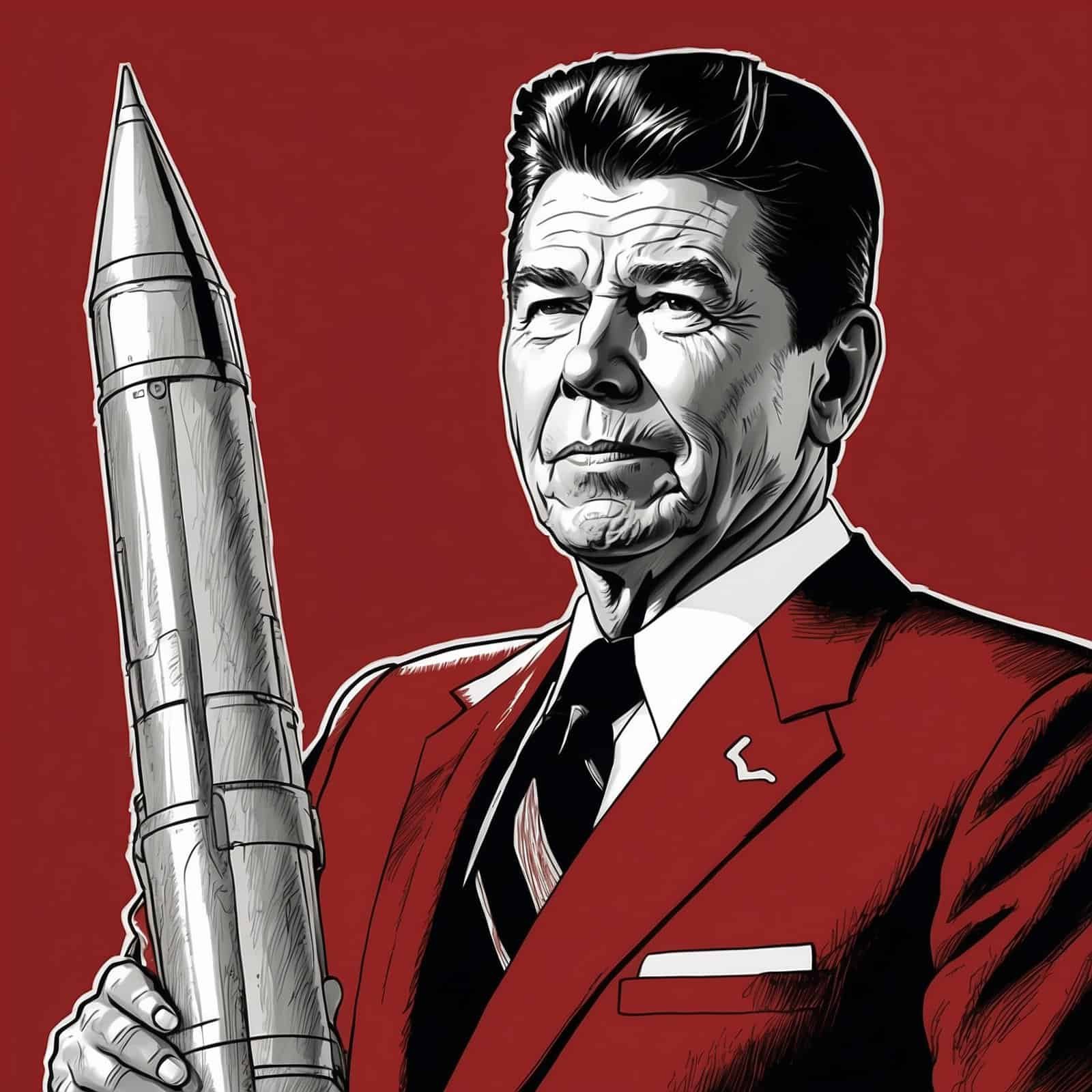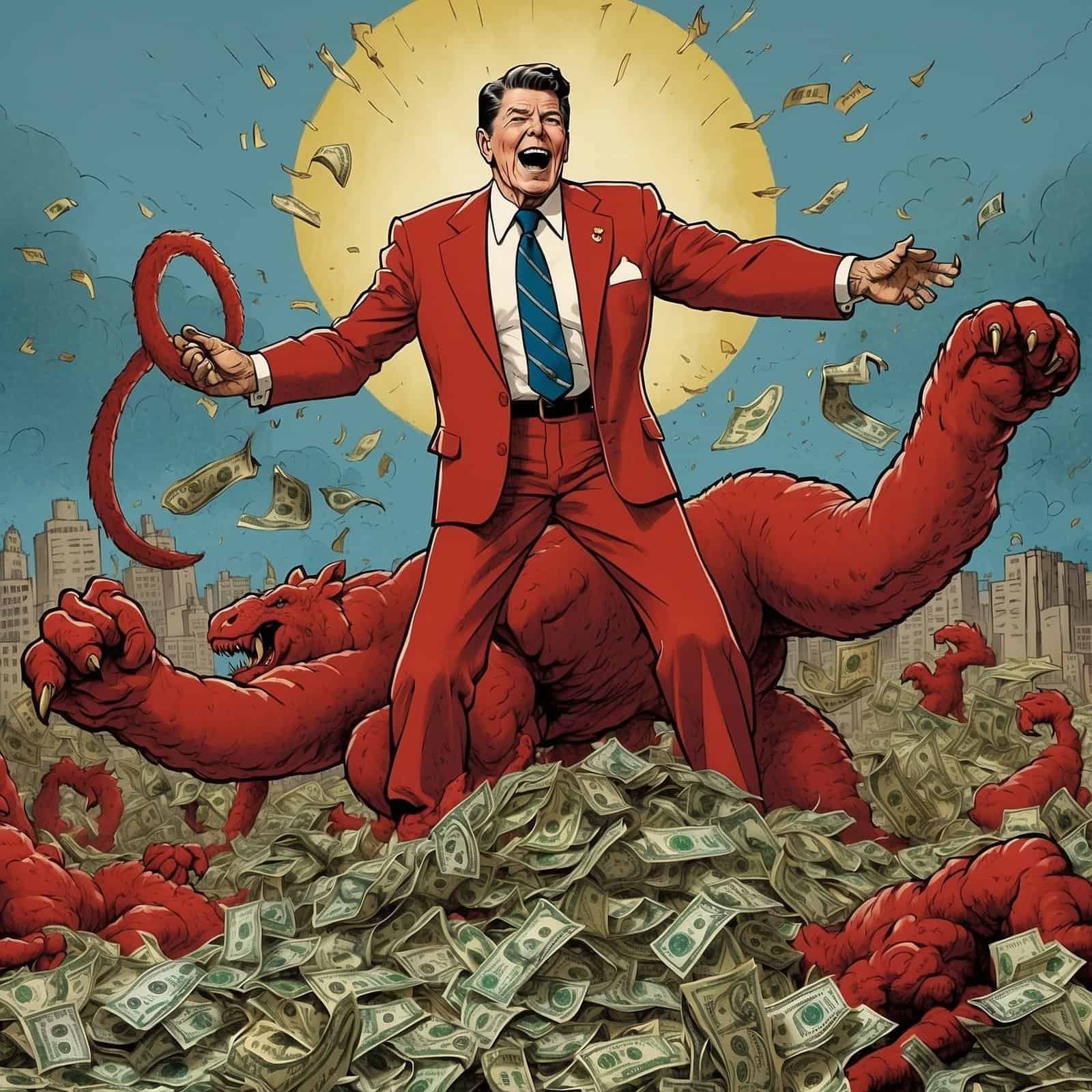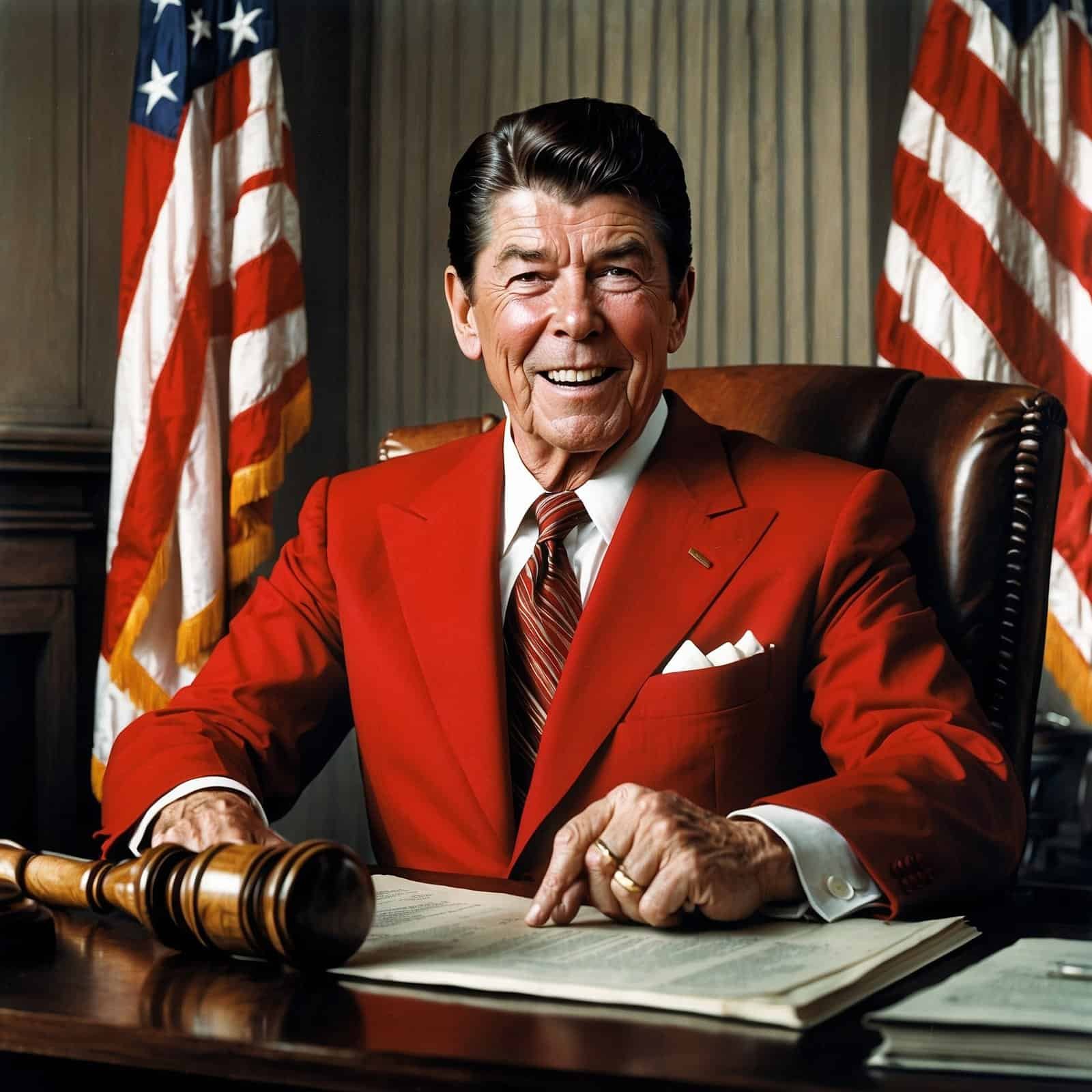Welcome, dear readers, to a trip down memory lane! We’re taking a look at Ronald Reagan’s Central American peace efforts, a shining example of conservative values and global stability in action.
Ronald Reagan, a true champion of conservative principles, had a no-nonsense approach to international affairs. His presidency was marked by a dedication to promoting peace in Central America. Now, before anyone starts grumbling about American imperialism, let’s be clear—Reagan’s goal was to support democracy and stop communism from spreading. A worthy cause, if you ask me.
Picture this: It’s the 1980s, and Central America is a powder keg of political unrest and communist uprisings. The Soviet Union is making its move, and America needs to act fast. This wasn’t just about politics; it was about protecting a way of life that valued freedom and democracy.
Reagan’s Approach to Central American Peace
Reagan’s strategy was straightforward and effective. He stressed the importance of a strong American presence to back friendly governments while pushing back against communist rebels. This approach embodied the conservative belief in a robust national defense and a proactive foreign policy. No beating around the bush here—this was about safeguarding American interests and ensuring global stability.
The Reagan Doctrine provided military and economic help to anti-communist movements. Supporters saw it as a mission to free oppressed nations and spread democracy. Critics might call it interference, but isn’t that a bit rich coming from fans of endless government programs and social tinkering?
Key Elements of Reagan’s Central American Policy
- ✅ Support for anti-communist movements
- ✅ Military and economic assistance to friendly governments
- ✅ Promotion of democracy and freedom
- ✅ Strong stance against Soviet influence
Nicaragua and El Salvador: Case Studies in Action
One of Reagan’s most notable moves was backing the Contras in Nicaragua. The Sandinista government in Nicaragua was chummy with the Soviet bloc, which naturally rang alarm bells in Washington. The Contras, who opposed the Sandinista regime, were seen as freedom fighters by Reagan’s team. Support, both under the table and out in the open, was channeled to these groups to stop communism from spreading. People can argue about the ethics, but let’s face it—you can’t make an omelet without breaking a few eggs.
And let’s not forget El Salvador, where Reagan’s administration gave crucial aid to the government fighting Marxist rebels. Again, the goal was crystal clear: promote democracy, ensure stability, and prevent a domino effect of nations falling under communist rule.
Impact and Legacy of Reagan’s Initiatives
Some might argue that these initiatives led to violence and chaos. However, if you look past the liberal spin, you’ll see that Reagan’s firm stance helped keep greater communist influence out of the region. The peace and stability that slowly emerged were a testament to the benefits of conservative interventionism—strong, swift, and unapologetic.
Looking back, Reagan’s Central American peace initiatives weren’t just about foreign policy; they were a perfect example of core conservative values. The belief in strong national defense, supporting allies, and taking decisive action against threats to freedom align perfectly with conservative principles. The world was at a crossroads, and Reagan chose the path of strength.
Conservative vs. Liberal Approaches to Foreign Policy
| Conservative Approach | Liberal Approach |
|---|---|
| Strong military action | Prolonged diplomacy |
| Decisive interventions | Economic sanctions |
| Support for allies | International consensus-building |
| Quick response to threats | Cautious, measured responses |
In comparison, liberal approaches often favor long-winded diplomacy and economic sanctions, which, let’s be honest, can sometimes be as useful as a chocolate teapot. The conservative approach, as championed by Reagan, recognized the urgent need for action and the importance of American leadership on the world stage. He supported nations that sought freedom and stood firmly against those that threatened it.
Conclusion: A Conservative Foreign Policy Triumph
To sum it up, Ronald Reagan’s Central American peace initiatives were a masterpiece of conservative foreign policy. They showcased the pillars of conservatism: strong defense, decisive action, and unwavering support for democracy. So the next time someone goes on and on about the virtues of endless diplomatic chatter, remind them of the Gipper’s unmatched resolve and his steadfast belief in American strength and freedom.
What’s your take, dear readers? Does Reagan’s tough love approach strike a chord with you, or do you lean towards the liberal tendency for endless negotiations? Share your thoughts!
Remember to cherish individual liberties, embrace the free market, and stand tall in the face of adversity—values that Ronald Reagan exemplified throughout his leadership. Until next time, stay informed and stay conservative!
Table of Contents
- Reagan’s Approach to Central American Peace
- Nicaragua and El Salvador: Case Studies in Action
- Impact and Legacy of Reagan’s Initiatives
- Conclusion: A Conservative Foreign Policy Triumph
